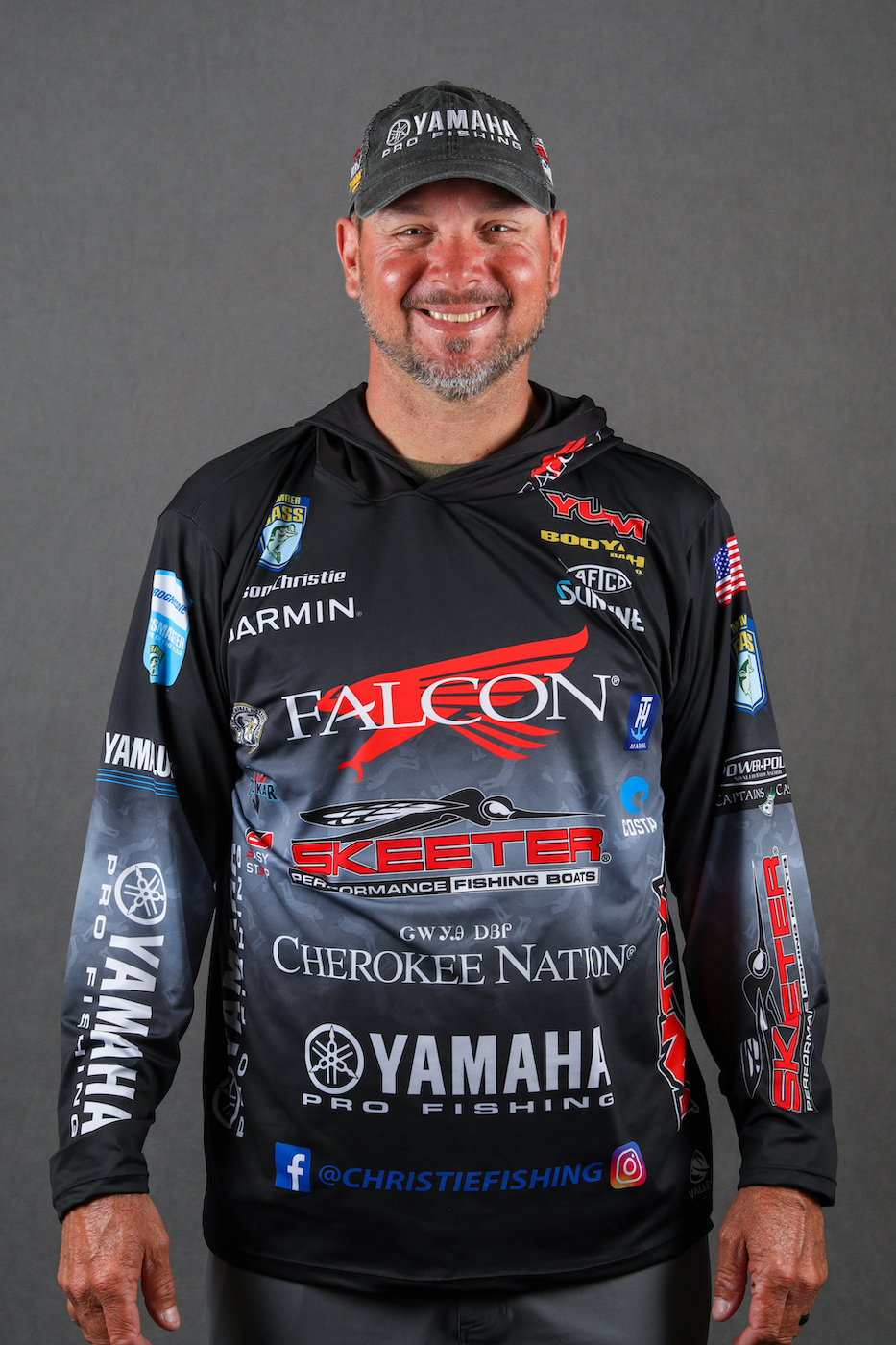Baitcasting reels offer a lot of benefits in terms of casting accuracy, control and efficiency, but any time you use one, you face the potential for a backlash. You won’t necessarily face a “bird’s nest” on every cast, and in fact, most anglers get pretty good at keeping this frustration to a minimum.
However, I think it’s important for anglers to be aware of the common scenarios where backlashes happen and then understand how to avoid them.
Line choice
First off, your lighter lines are going to cast easier with traditional lures like jerkbaits and crankbaits. As you go up in size to like 20- to 25-pound fluorocarbon, my experience is that they tend to backlash a lot easier, so you have to pay attention that you don’t let your spool overrun.
Here’s a trick I’ve found helpful: With lighter lines up to 16-pound, I’ll completely fill my spool. But if I’m going to be casting with 20- to 25-pound line, I won’t fill my spool up all the way.
So if I’m casting a spinnerbait with 22-pound Sunline fluorocarbon or flipping with 25-pound Sunline, I don’t like to feel my spool as full. It seems that if I have a full spool, there’s just too much line moving right there.
I’ll knock off about 1/8th of an inch on that spool, and I don’t have any problems with it.
Reel settings
If you’re casting those heavier lines, the type and size of lure you’re throwing also matters. If you’re casting something that weighs an ounce, you’re not going to have any problem. But if you’re throwing a medium-sized bait – something in that 3/8-ounce size – you’re going to have to tighten your reel down just a little.
In some instances, I like to loosen my reel to allow myself maximum casting distance. The tradeoff is that the spool will require more attention, so I maintain constant contact with my thumb. It may be very, very light, but after years of repetition, I know just how much pressure to put on my spool throughout the cast to get the longest distance possible, while preventing that spool from overrunning.
I’m completely comfortable fishing with a loose spool, but I realize it’s not always so simple for everyone. That’s why, when I take someone fishing the first thing I do is I reach back there and tighten down the spool about half a turn.
I’ll tell them, “I’m tightening this down a little bit until you get the feel. Then you can start loosening it up.” That seems to help because you don’t want someone feeling intimidated by a reel, when there’s an easy solution.
Testing resistance
As far as my own use, when I put a new reel on a rod, the first thing I do is push the button and watch how the lure falls. I want it to have just a little bit of resistance – not a lot, just a steady fall of maybe 1 foot per second.
I don’t want it to fall freely, but if I push the button and the bait just sits there at the rod tip, or it falls too slowly, then the reel is too tight. It may take a few adjustments, but once I get that reel set so the bait falls at a steady, even pace, that’s the starting point.
Then I’ll make a cast with the bait and I’ll fine-tune the reel with the magnetic reel braking system on the outside of the reel. That’s why I use the Lew’s BB1 Pro baitcasters, which have that adjustment dial on the outside of the spool. Within two casts, I can have that reel dialed in to where I need it.
You may have a day when the wind is blowing in your face, you may have a day you can throw with the wind and you may have a day when you’re fishing a bank. I adjust my reels a few times a day, depending on whether I’m throwing into the wind or with the wind.
There are times when I’ll back that thing off and let her fly, if I need to. In these situations, I know I have to pay attention to my thumb pressure to prevent backlashes.
The lines we have today have come so far from what had even six to eight years ago, and many of them are created with properties that help us reduce backlashing. However, we still have to pay attention to the basic considerations of line choice, lure selection and reel settings.
Once you develop a feel for this balance, you’ll spend less time picking out those birds’ nests.
Next week I'll cover reel adjustments and backlash remedies.





